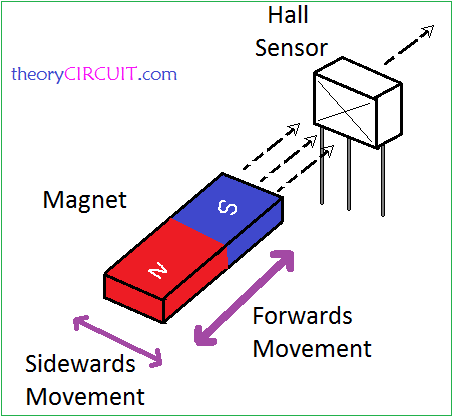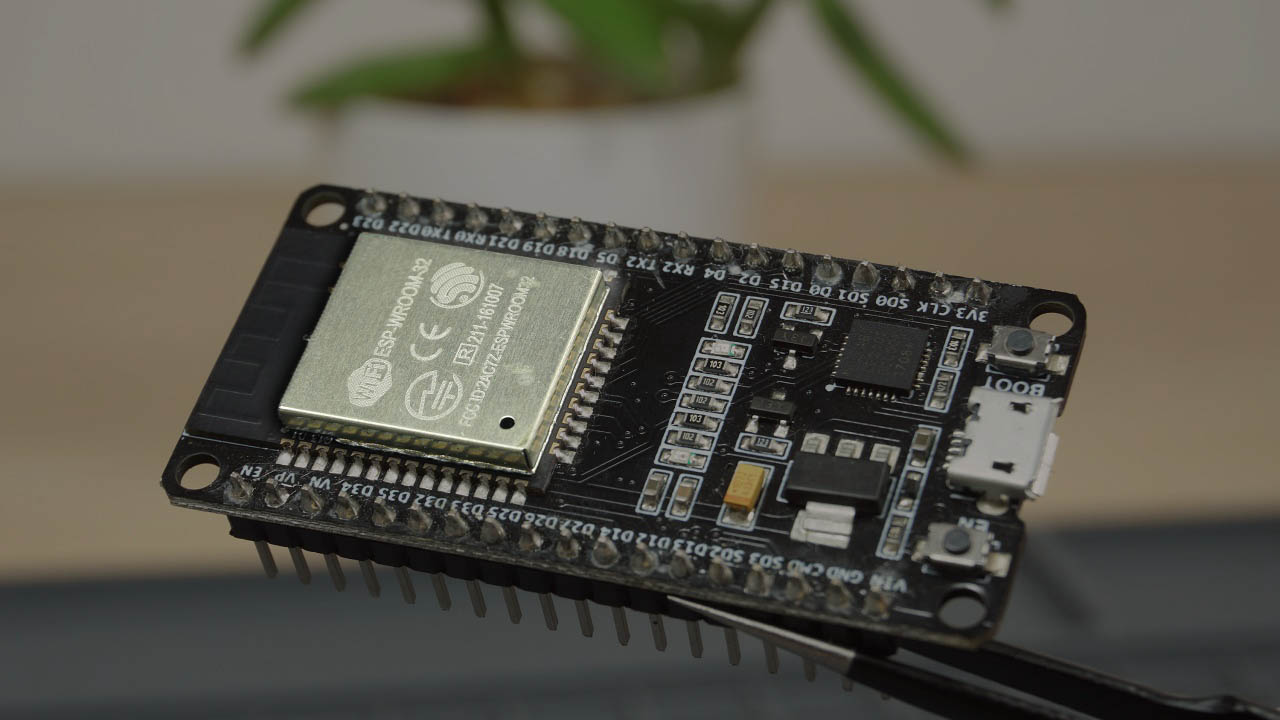Contribution to IoT Functionality
Integration in IoT Devices
Hall Effect Sensors play a pivotal role in the sophisticated integration of IoT devices, just like major organs, enhancing their overall functionality. Hence, the sensors are strategically incorporated into various IoT applications, contributing to their efficiency and performance. The integration involves embedding Hall Effect Sensors within the design of IoT devices, enabling them sensitive enough to capture,as well as quick responding to changes in magnetic fields.

Examples of popular IoT applications using these sensors:
Smartphones and Tablets: Hall Effect Sensors are commonly found in mobile devices, enabling features such as automatic screen rotation by detecting changes in device orientation.
Automotive Systems: In the automotive industry, these sensors are employed in anti-lock braking systems (ABS) and speedometers, providing critical input for precise control and accurate speed measurement.
Home Automation: Hall Effect Sensors are utilized in smart home applications for monitoring door and window positions. They contribute to security systems by detecting the opening or closing of doors and windows.
Precision and Accuracy
Hall Effect Sensors operate based on the principle of detecting changes in magnetic fields, offering a contactless and highly precise method of measurement. Their ability to convert magnetic field variations into electrical signals allows for accurate detection of position, speed, and proximity. This level of accuracy is especially crucial in applications where precision is paramount, such as in medical devices and industrial automation.
Energy Efficiency
Hall Effect Sensors are inherently low-power devices that consume minimal energy during operation. This characteristic makes them ideal for integration into IoT devices where energy efficiency is a critical consideration. The sensors can remain in a low-power or standby mode until a change in the magnetic field is detected, prompting them to activate and perform specific tasks. This on-demand functionality minimizes continuous power consumption, making Hall Effect Sensors a key component in the quest for energy-efficient IoT solutions.
Examples of energy-efficient IoT solutions empowered by Hall Effect Sensors:
Smart Lighting Systems: Hall Effect Sensors are integrated into smart lighting systems to detect the presence or absence of individuals in a room. By utilizing this data, the lighting system can automatically adjust the brightness or turn off lights when the space is unoccupied, leading to significant energy savings.
Industrial Equipment: In industrial IoT applications, Hall Effect Sensors are employed in machinery to monitor rotational speed and position. By efficiently managing the power usage based on real-time demand, these sensors contribute to energy-efficient operation of industrial equipment.
Battery-Powered Devices: Hall Effect Sensors are favored in battery-powered IoT devices, such as wireless sensors and actuators. Their low-power consumption ensures prolonged battery life, reducing the need for frequent replacements and minimizing the environmental impact of disposable batteries.
Overall Impact
It’s not difficult to find Hall Effect Sensors not only enhance the functionality and accuracy of IoT devices but also make a substantial contribution to energy efficiency. Their ability to operate in a power-conscious manner aligns with the growing demand for sustainable and eco-friendly solutions in the IoT landscape. The integration of Hall Effect Sensors allows for the development of energy-efficient IoT applications that positively impact both users and the environment.
Innovations
Hall Effect Sensor technology continues to evolve, with ongoing innovations that open up new possibilities for IoT devices. These advancements not only address existing challenges but also pave the way for enhanced functionalities and broader applications.
Recent developments and innovations in Hall Effect Sensor technology:
Miniaturization: Advancements in micro-fabrication techniques have led to the development of miniaturized Hall Effect Sensors. For instance, from smartwatches to fitness trackers, these sensors play a vital role in capturing data related to movement, orientation, and even vital signs. This allows for their integration into smaller and more compact IoT devices without sacrificing performance.

High Sensitivity Sensors: Innovations in sensor design have resulted in Hall Effect Sensors with increased sensitivity. These sensors can detect weaker magnetic fields, expanding their application range and improving accuracy in various scenarios. Consider the application of high sensitivity Hall Effect Sensors in medical imaging, specifically in Magnetic Resonance Imaging (MRI) machines. These sensors can detect the smallest changes in magnetic fields within the body, allowing for highly detailed and accurate imaging. The result is improved diagnostic capabilities and a better understanding of complex medical conditions.
Integrated Signal Processing: Modern Hall Effect Sensors often come with integrated signal processing capabilities. This innovation enables local decision-making, reduces data transmission overhead, and enhances the responsiveness of interconnected systems.
Their promising implications for the future of IoT devices:
These innovations enable the development of smarter, more efficient, and more reliable interconnected systems. As Hall Effect Sensors become more advanced, their integration into IoT applications is likely to become even more widespread, contributing to the growth and sophistication of the Internet of Things.
Case Studies
Smart Energy Meters
Application: These meters utilize Hall Effect Sensors to measure the magnetic field generated by electrical currents flowing through conductors.
Significance: By integrating Hall Effect Sensors into smart energy meters, utility companies can accurately measure and monitor power consumption in real-time. This has led to more precise billing, reduced energy wastage, and empowered consumers with insights into their energy usage patterns.
Medical Infusion Pumps
Application: In the medical field, Hall Effect Sensors are employed in infusion pumps to monitor the rotational speed of the pump’s motor, ensuring precise delivery of medication to patients.
Significance: The integration of Hall Effect Sensors in medical infusion pumps has significantly improved the accuracy of medication dosages, enhancing patient safety. The real-time monitoring capabilities provided by these sensors contribute to the reliability and effectiveness of medical treatment.
Automotive Position Sensors
Application: Hall Effect Sensors are extensively used in the automotive industry for position sensing applications. One notable example is in electronic power steering systems where these sensors detect the position of the steering wheel.
Significance: The implementation of Hall Effect Sensors in automotive systems has led to more responsive and efficient electronic power steering. This technology not only improves driving experience but also contributes to fuel efficiency by optimizing power consumption in steering assistance.
These case studies underscore the versatility of Hall Effect Sensors in diverse IoT applications, showcasing their ability to address specific challenges and drive positive outcomes. As IoT continues to advance, Hall Effect Sensors are poised to play an increasingly pivotal role in shaping the future of interconnected devices.











